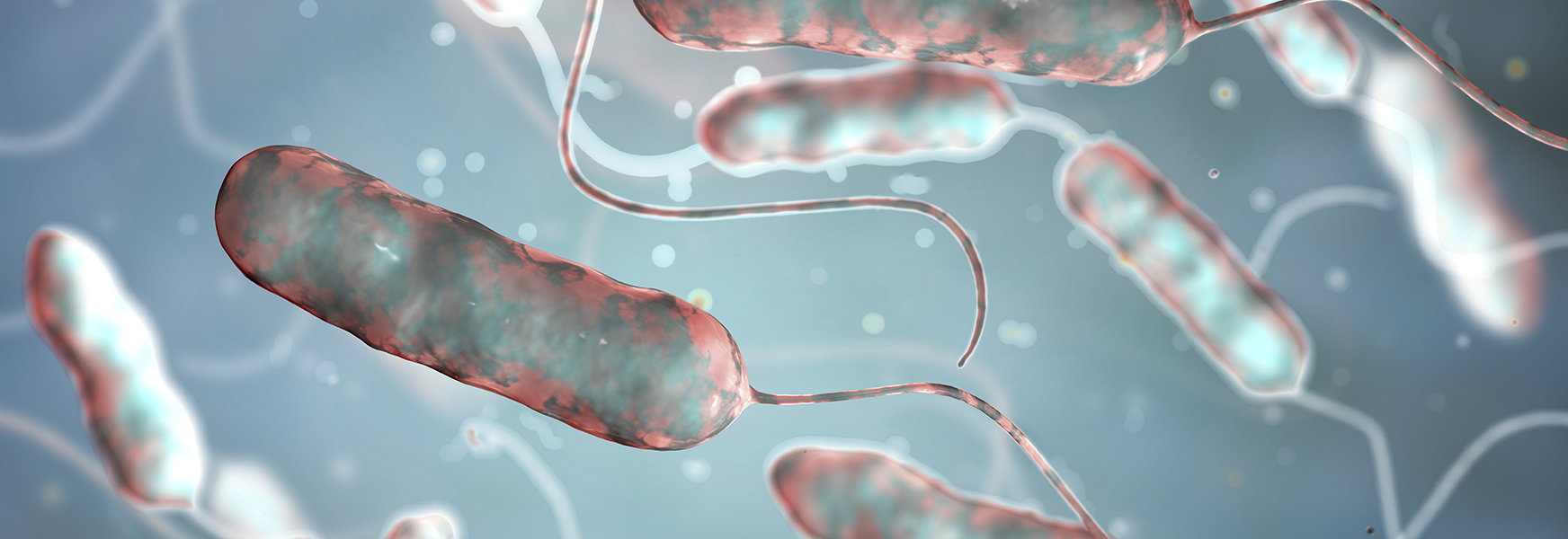Avoiding a Diagnosis of Legionellosis

Legionellosis, more commonly referred to as Legionnaires’ Disease, is a form of pneumonia caused by Legionella bacteria of which there are at least 50 species. The typical pathogenic species is L. pneumophila with the genus getting its name from the deadly outbreak that occurred in July of 1976 at an American Legion convention in Philadelphia. The bacterium was subsequently identified in early 1977 with the source traced to the hotel’s cooling tower connected to the air conditioning system. Legionella is found in the natural aquatic environment and can colonize in plumbing systems including tanks, hot tubs, pools, ice machines, shower heads and sink faucets, and even decorative fountains and produce misters. The bacterium is mostly associated with complex potable and cooling water systems found in hospitals, hotels, and cruise ships. Its primary route of entry is via inhalation of mist droplets and aerosols (in sufficient concentration) and secondarily through aspiration of contaminated water. The bacterium thrives in warm water with an ideal temperature range of 80-120 degrees F and can grow inside amoeba and other protozoa as part of a biofilm (slime).
Symptoms of legionellosis are flu-like including low-grade fever, cough, headache, shortness of breath, aching joints and muscles, appetite loss, and general malaise with disease progression leading to high-grade fever and pneumonia. Another milder form of Legionella disease without pneumonia is known as Pontiac Fever with onset typically within 24-72 hours, whereas the incubation period for Legionellosis is 2-10 days. People at increased risk of severe illness from the disease include the elderly, those with chronic lung conditions, and the immunocompromised. Annually, roughly 8,000 to 18,000 people are hospitalized from the disease in the United States, with cases steadily on the rise. Diagnosis is made through chest X-ray, sputum culture, and urine antigen test with treatment by antibiotics.
The key to minimizing the potential for an outbreak of Legionellosis is through establishing a water management program (WMP) that incorporates the following as outlined in the Centers for Disease Control and Prevention’s (CDC’s) Developing a Water Management Program to Reduce Legionella Growth & Spread in Buildings – A Practical Guide To Implementing Industry Standards.
- Identifying buildings at increased risk
- Reviewing the elements of a water management program and establishing a WMP team including external experts
- Describing building water systems using text and flow diagrams
- Identifying areas where Legionella can grow and spread
- Identifying control measures & corrective actions such as measuring water quality throughout the system, maintaining appropriate water heater temperatures, preventing the buildup of biofilm, periodic disinfection (with biocide, chlorine, copper-silver ionization, or UV light) and determining where to apply these controls
- Deciding how to monitor control measures and how to intervene when control limits aren’t met due to condition changes
- Ensuring the program is operating as designed along with conducting verification audits to determine its effectiveness
- Documenting and communicating WMP activities
- Special considerations for healthcare facilities where medical procedures expose patients to water mists, e.g., hydrotherapy and respiratory therapy devices and areas where vulnerable patients reside
Additionally, The CDC’s Legionella Environmental Assessment Form guides employers in determining whether environmental sampling for Legionella is advised along with developing a sampling plan and strategy to include the use of an American Industrial Hygiene Association (AIHA) accredited laboratory that successfully participates in the CDC’s ELITE program (Environmental Legionella Isolation Techniques Evaluation).
For more information on Legionellosis, check out these resources.
- ANSI/ASHRAE Standard 188-2018, Legionellosis: Risk Management for Building Water Systems
- ASHRAE Reopening of Schools and Universities
- OSHA’s Safety and Health Topics page on Legionellosis (Legionnaires' Disease and Pontiac Fever)
- CDC Legionella (Legionnaires' Disease and Pontiac Fever)

